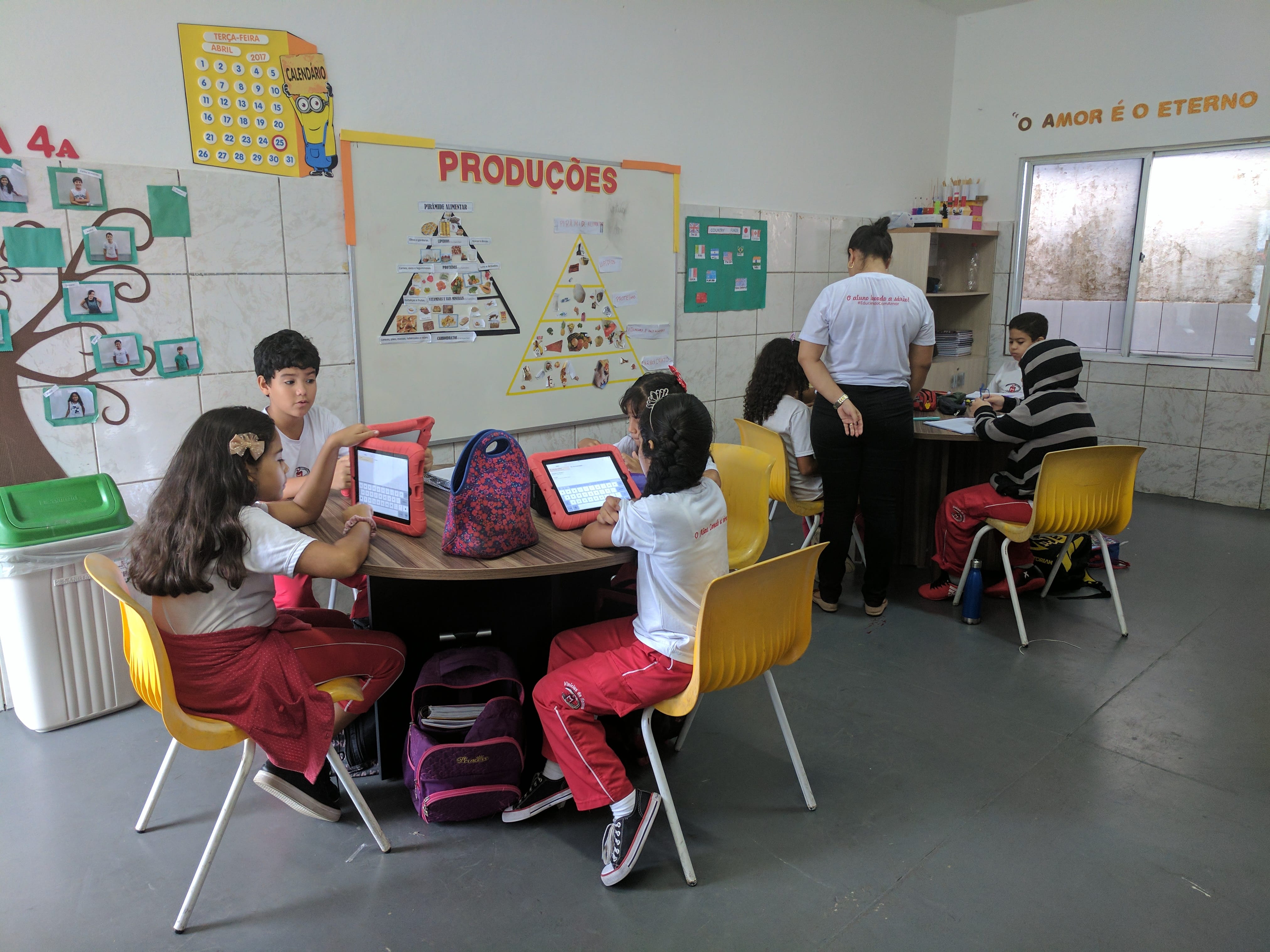5 Steps to a Successful Blended School Visit
March 8, 2018 |
March 8, 2018 |
Whether you’re a seasoned veteran or a blended newbie, it’s always helpful to learn from your peers about how they implement their blended-learning programs. One of the best ways to understand how teachers are changing their instruction is to observe a classroom in person. But sometimes it’s daunting to visit a school – what are you looking for? What questions should you be asking?
Fear not. We’ve put together a simple guide to help anyone navigate visits to blended-learning schools. In five steps, you’ll be able to get a holistic picture of a blended-learning program and use that knowledge to start or tweak your own practices.
1. Find a school you want to visit
Our Blended Learning Universe (BLU) is a one-stop shop for everything K–12 blended learning, and the BLU Directory is a fantastic resource for finding blended-learning schools. Search the directory by school name, state, blended model, and more. For instance, are you a suburban school in Central Maryland? We’ve got blended schools for you.
2. Connect and set up a site visit
Once you’ve found what you’re looking for, toggle to the “About This School” tab at the top of the profile to find more information on how to contact the school. To get a complete picture of their blended program, you’ll want to talk to many different stakeholders: teachers, students, coordinators, and administrators. So when setting up your visit, ask to observe at least one blended-learning class, as well as schedule a meeting with the blended-learning coordinator and the principal or vice principal, if possible. Plan to spend about a half day at the school.
3. Prepare some questions
There’s not much you have to bring to a school visit, but a pen and paper are usually a good idea. You might also want to bring a list of questions to ask teachers and administrators. You’ll probably have your own individual reason for wanting to visit the school (e.g., to learn how they use a specific edtech tool), but here is a general list of questions that will help to understand their blended-learning program as a whole:
4. Take photos of a classroom
Photos can be incredibly useful when clarifying ideas with stakeholders later on: they can capture a sense of classroom design through furniture and student organization (e.g. stations). Before you snap anything, just make sure to ask your host if it’s okay to take photographs.

Credit: Colégio Vinícius de Moraes
5. Keep the conversation going
Don’t forget to send a thank you email to your host after your visit! A note thanking them for their time, as well as some of the key ideas you took away from your experience, is a nice gesture that can keep the conversation going.
Got questions about making the most of your next school visit? Ask other expert educators for their best tips on the Q&A Forum.
Leave a Reply